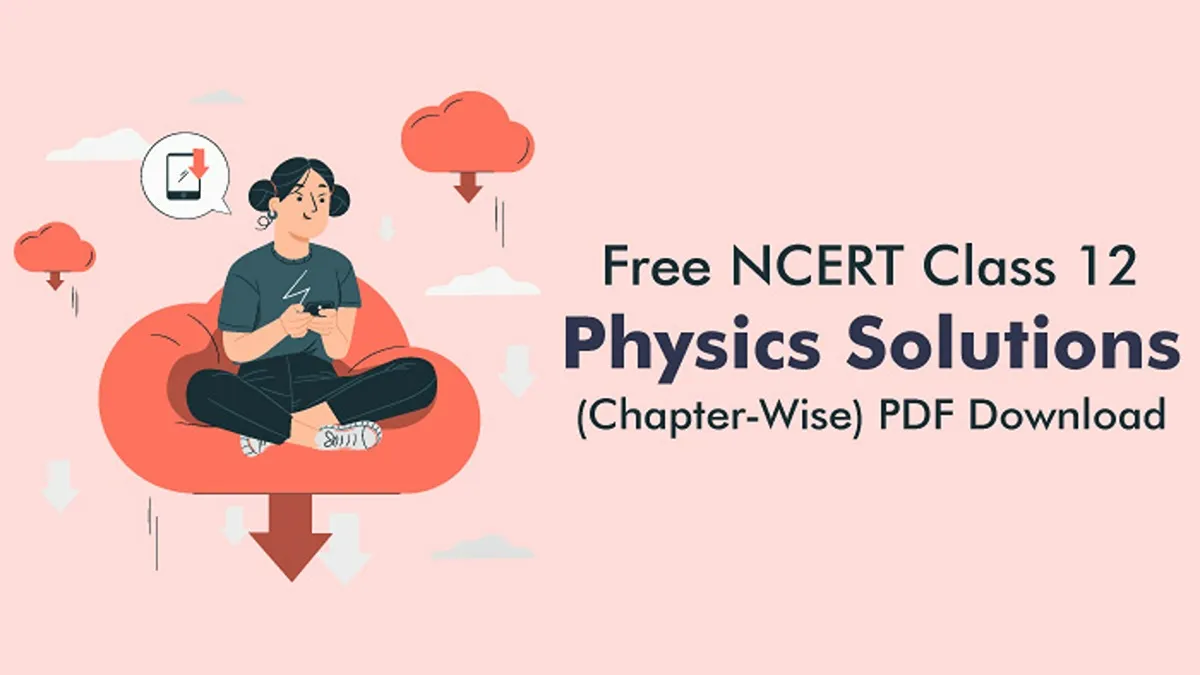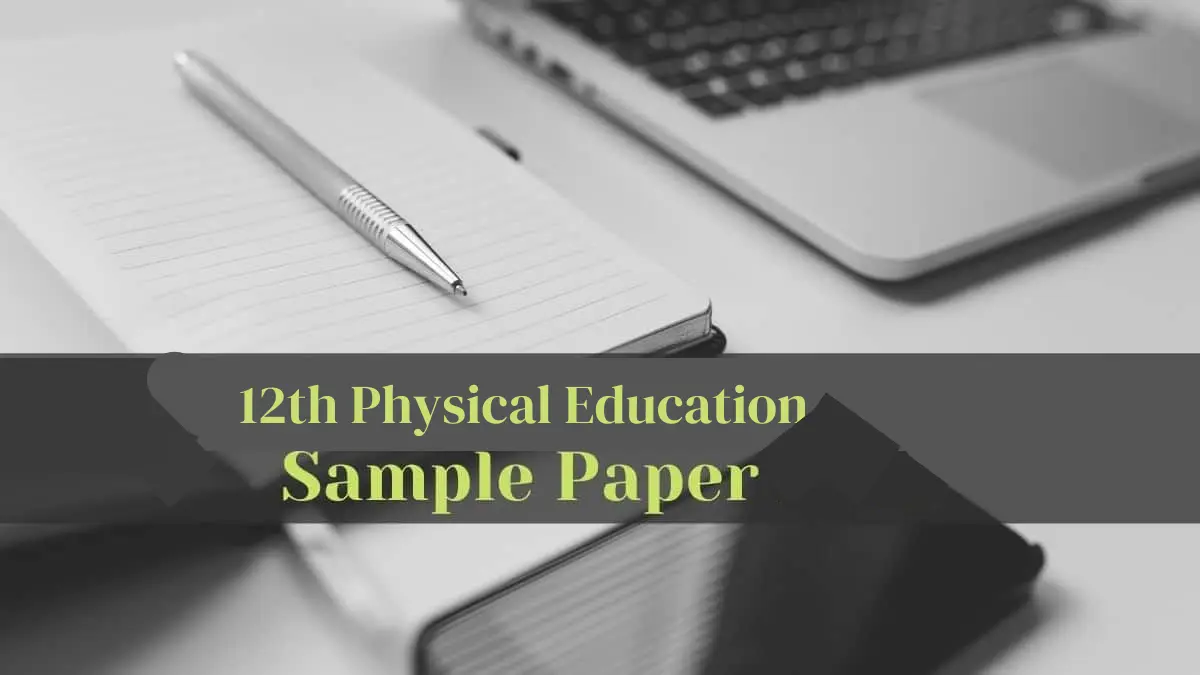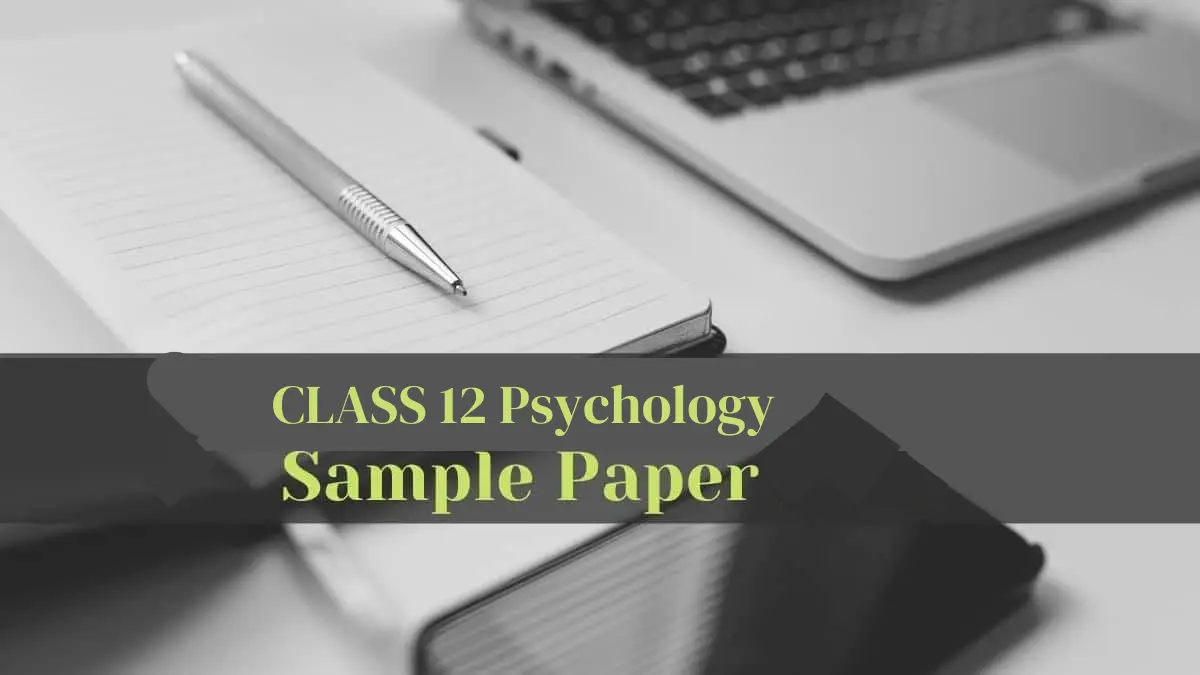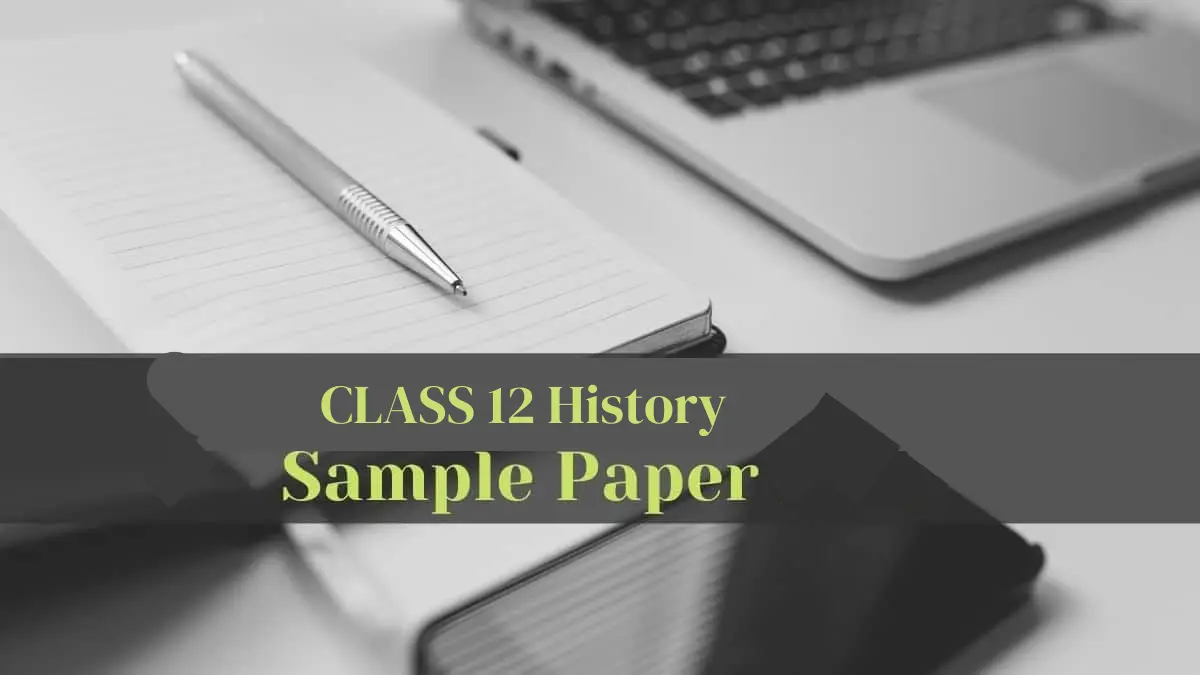NCERT Class 12 physics solutions chapter-wise PDF is now available here. To have crystal clear concepts and develop a fundamental understanding of the subject, students must download the NCERT class 12 physics solutions and go thoroughly with it. We have experienced and expert teachers to write the NCERT solutions for class 12 physics. Our NCERT class 12 physics solutions help students to write concise, analytical, and to the point answers for each question.
Referring to our NCERT class 12 physics solutions also help students to clear the upcoming physics exam with ease. CA Wizard has come up with the free download of NCERT class 12 physics solutions of all chapters.
CA Wizard is online coaching that mentors students with the best preparation tips. It also guides students with various career options after the 12th. Therefore, students must enroll now with CA Wizard and bookmark this page for the NCERT class 12 physics solutions.
Download NCERT Class 12 Physics Solutions
NCERT solutions of class 12 physics help students to write and solve the physics questions in precise and to-the-point answers. The NCERT class 12 physics solutions are written by our experts as per the New CBSE guidelines and this will help students to score well in the board exams. Given below is the chapter-wise NCERT class 12 physics solutions pdf for students to download for free.
| NCERT Solutions For Class 12 Physics | PDF Download |
| NCERT Class 12 physics chapter 1 solutions PDF | Electric Charges and Fields |
| NCERT Class 12 physics chapter 2 solutions PDF | Electrostatic Potential and Capacitance |
| NCERT Class 12 physics chapter 3 solutions PDF | Current Electricity |
| NCERT Class 12 physics chapter 4 solutions PDF | Moving Charges and Magnetism |
| NCERT Class 12 physics chapter 5 solutions PDF | Magnetism and Matter |
| NCERT Class 12 physics chapter 6 solutions PDF | Electromagnetic Induction |
| NCERT Class 12 physics chapter 7 solutions PDF | Alternating Current |
| NCERT Class 12 physics chapter 8 solutions PDF | Electromagnetic Waves |
| NCERT Class 12 physics chapter 9 solutions PDF | Ray Optics and Optical Instruments |
| NCERT Class 12 physics chapter 10 solutions PDF | Wave Optics |
| NCERT Class 12 physics chapter 11 solutions PDF | Dual Nature of Radiation and Matter |
| NCERT Class 12 physics chapter 12 solutions PDF | Atoms |
| NCERT Class 12 physics chapter 13 solutions PDF | Nuclei |
| NCERT Class 12 physics chapter 14 solutions PDF | Semiconductor Electronics: Materials, Devices, and Simple Circuits |
| NCERT Class 12 physics chapter 15 solutions PDF | Communication Systems |
NCERT Class 12 Physics Chapter Wise Summary
With the NCERT class 12 physics solutions students must also go through the detailed chapter-wise NCERT class 12 physics chapter-wise summary. This will help students to clear their concepts and will help in scoring good marks. Given below is the NCERT class 12 physics chapter-wise summary.
NCERT Class 12 Physics Solutions Chapter 1 Electric Charges and Fields
In this chapter, you will study the concept of electric charges and conservation, Coulomb’s law. Also study the force between charges, and the principle of superposition and continuous charge distribution, electric field and its application, electric dipole, the concept of electric flux, Gauss’s theorem, and its applications.
NCERT Class 12 Physics Solutions Chapter 2 Electrostatic Potential and Capacitance
In this chapter, you will study the electric potential and its applications, potential difference, equipotential surfaces, the electrical potential energy of charges in an electrostatic field. You will study about conductors and insulators, free charges, and bound charges inside a conductor. Also dielectrics and electric polarization, capacitors and capacitance, the combination of capacitors in series and in parallel, energy stored in a capacitor.
NCERT Class 12 Physics Solutions Chapter 3 Current Electricity
In this chapter, you will learn the concept of electric current, the flow of electric charges in a metallic conductor. The concept of electrical resistance, V-I characteristics, The Kirchhoff’s law and its applications, potentiometer – principle and its applications, Wheatstone bridge, and meter bridge.
NCERT Class 12 Physics Solutions Chapter 4 Moving Charges and Magnetism
In this chapter, you will learn the concept of the magnetic field, Oersted’s experiment, Biot – Savart law, Ampere’s law, and their applications, and solenoids, the force on a moving charge, the concept of torque, moving coil galvanometer.
NCERT Class 12 Physics Solutions Chapter 5 Magnetism and Matter
This chapter explains you about the magnetic dipole and its moment, the concept of torque on a magnetic dipole; bar magnet as an equivalent solenoid, magnetic field lines, Earth’s magnetic field, and magnetic elements, types of magnetic substances, the concept of electromagnets and factors affecting its strength.
NCERT Class 12 Physics Solutions Chapter 6 Electromagnetic Induction
This chapter explains the concept of electromagnetic induction, Faraday’s laws, induced emf and current, Lenz’s Law, Eddy currents, types of induction.
NCERT Class 12 Physics Solutions Chapter 7 Alternating Current
In this chapter, you will get to know about alternating currents, peak and RMS value of alternating current/voltage, reactance, and impedance, LC oscillations, LCR series circuit, resonance and power in AC circuits, AC generator and transformer, wattless current.
NCERT Class 12 Physics Solutions Chapter 8 Electromagnetic Waves
This chapter explains the basic idea of displacement current, electromagnetic waves and their characteristics and transverse nature. You will also learn the concept of the electromagnetic spectrum including elementary facts and their uses.
NCERT Solutions for Class 12 Physics Chapter 9 Ray Optics and Optical Instruments
In this chapter, you will study reflection and refraction of light, mirror formula, total internal reflection and its applications, optical fibers, thin lens formula, lens maker’s formula, the concept of magnification, the combination of thin lenses. You will also study about microscopes and astronomical telescopes and their magnifying powers.
NCERT Class 12 Physics Solutions Chapter 10 Wave Optics
In this chapter you will study about wavefront , the Huygen’s principle, reflection and refraction of plane wave , concept of interference ,Young’s double slit experiment and expression for fringe width, coherent sources and sustained interference of light , diffraction due to a single slit, polarisation, plane polarised light and uses , Brewster’s law , the concept of resolving power.
NCERT Class 12 Physics Solutions Chapter 11 Dual Nature of Radiation and Matter
In this chapter, you will learn about the dual nature of radiation, photoelectric effect, Hertz and Lenard’s observations, Einstein’s photoelectric equation, de Broglie relation. Davisson-Germer experiment.
NCERT Class 12 Physics Solutions Chapter 12 Atoms
This chapter explains the scattering experiment of alpha-particle, Rutherford’s model of an atom, Bohr model, energy levels, hydrogen spectrum.
NCERT Class 12 Physics Solutions Chapter 13 Nuclei
This chapter explains the composition and size of nucleus, atomic masses, isotopes, isobars, isotones, radioactivity, and radioactive particles and their properties and radioactive decay law, the mass-energy relation, nuclear fission, and fusion.
NCERT Class 12 Physics Solutions Chapter 14 Semiconductor Electronics: Materials, Devices, and Simple Circuits
This chapter tells you about energy bands and their I-V characteristics, diodes, and types of diodes and their characteristics and uses of diodes, junction transistors and characteristics of a transistor and application, the concept of analog and digital signals, logic gates. Download NCERT solutions for Semiconductor electronics here.
NCERT Class 12 Physics Solutions Chapter 15 Communication Systems
This chapter explains you about the elements of a communication system, bandwidth of signals and transmission medium, propagation of electromagnetic waves, concept of wave propagation, satellite communication, amplitude modulation.
CBSE Class 12 Physics- Deleted Topics
This year due to the pandemic the board has announced officially the reduction of the CBSE class 12 physics syllabus by 30%. Therefore, for this academic year, students have not to study few of the topics which are given below. While preparing for the exams students must not waste their time preparing the deleted topics.
| Chapters | Deleted Topics |
| Chapter–1: Physical World | Physics-scope and excitement; nature of physical laws; Physics, technology and society |
| Chapter-3: Motion in a straight line | Frame of reference, Motion in a straight line: Position-time graph, speed and velocity |
| Chapter-5 Laws of Motion | Intuitive concept of force, Inertia, Newton’s first law of motion; momentum and Newton’s second law of motion; impulse; Newton’s third law of motion |
| Chapter-7 System of Particles and Rotational Motion | Statement of parallel and perpendicular axes theorems and their applications |
| Chapter-8 Gravitation | Kepler’s laws of planetary motion, Acceleration due to gravity |
| Chapter-9 Mechanical Properties of Solids | Elastic behaviour, shear modulus of rigidity, Poisson’s ratio; elastic energy |
| Chapter-11 Thermal properties matter | Heat, temperature, Heat transfer-conduction, convection and radiation |
| Chapter-12 Thermodynamics | Heat engine and refrigerator |
| Chapter-15 Waves | fundamental mode and harmonics, Doppler effect |
NCERT Class 12 Physics Solutions: Important Questions with Answers
| Q1. When a glass rod is rubbed with a silk cloth, charges appear on both. A similar phenomenon is observed with many other pairs of bodies. Explain how this observation is consistent with the law of conservation of charge. Ans: Rubbing produces charges of equal magnitude but of opposite nature on the two bodies because charges are created in pairs. This phenomenon of charging is called charging by friction. The net charge on the system of two rubbed bodies is zero. This is because equal amounts of opposite charges annihilate each other. When a glass rod is rubbed with a silk cloth, opposite nature charges appear on both the bodies. This phenomenon is consistent with the law of conservation of energy. A similar phenomenon is observed with many other pairs of bodies. Q2.Three capacitors of capacitances 2pF, 3pF and 4pF are connected in parallel. What is the total capacitance of the combination? Ans: Capacitances of the given capacitors: C1 = 2 pF, C2 = 3 pF and C3 = 4 pF For the parallel combination of the capacitors, equivalent capacitor is given by Ceq the algebraic sum, Therefore Ceq = C1 + C2 + C3 = 2 + 3 + 4 = 9 pF Therefore, total capacitance of the combination is 9 pF. Q3.Guess a possible reason why water has a much greater dielectric constant (80) than say, mica (6). Ans: Water has an unsymmetrical space as compared to mica. Since it has a permanent dipole moment, it has a greater dielectric constant than mica. Q4. A steady current flows in a metallic conductor of non-uniform cross- section. Which of these quantities is constant along the conductor: current, current density, electric field, drift speed? Ans: When a steady current flows in a metallic conductor of non-uniform cross-section, the current flowing through the conductor is constant. Current density, electric field, and drift speed are inversely proportional to the area of cross-section. Therefore, they are not constant. Q5. A square coil of side 10 cm consists of 20 turns and carries a current of 12 A. The coil is suspended vertically and the normal to the plane of the coil makes an angle of 30º with the direction of a uniform horizontal magnetic field of magnitude 0.80 T. What is the magnitude of torque experienced by the coil? Ans: Length of a side of the square coil, l = 10 cm = 0.1 m Current flowing in the coil, I = 12 A Number of turns on the coil, n = 20 Angle made by the plane of the coil with magnetic field, θ = 30° Strength of magnetic field, B = 0.80 T Magnitude of the magnetic torque experienced by the coil in the magnetic field is given by the relation, τ = n BIA sinθ Where, A = Area of the square coil = l × l = 0.1 × 0.1 = 0.01 m2 So, τ = 20 × 0.8 × 12 × 0.01 × sin30° = 0.96 N m Hence, the magnitude of the torque experienced by the coil is 0.96 N m. Q6.The earth’s magnetic field varies from point to point in space. Does it also change with time? If so, on what time scale does it change appreciably? Ans: Earth’s magnetic field changes with time. It takes a few hundred years to change by an appreciable amount. The variation in earth’s magnetic field with the time cannot be neglected. Q7. If a toroid uses bismuth for its core, will the field in the core be (slightly) greater or (slightly) less than when the core is empty? Ans: Bismuth is a diamagnetic substance. Hence, a toroid with a bismuth core has a magnetic field slightly greater than a toroid whose core is empty. Q8.A capacitor is used in the primary circuit of an induction coil. Ans: High induced voltage is used to charge the capacitor. A capacitor is used in the primary circuit of an induction coil. This is because when the circuit is broken, a high induced voltage is used to charge the capacitor to avoid sparks. Q9. It is necessary to use satellites for long distance TV transmission. Why? Ans: It is necessary to use satellites for long distance TV transmissions because television signals are of high frequencies and high energies. Thus, these signals are not reflected by the ionosphere. Hence, satellites are helpful in reflecting TV signals. Also, they help in long distance TV transmissions. Q10. A person looking at a person wearing a shirt with a pattern comprising vertical and horizontal lines is able to see the vertical lines more distinctly than the horizontal ones. What is this defect due to? How is such a defect of vision corrected? Ans: In the given case, the person is able to see vertical lines more distinctly than horizontal lines. This means that the refracting system (cornea and eye-lens) of the eye is not working in the same way in different planes. This defect is called astigmatism. The person’s eye has enough curvature in the vertical plane. However, the curvature in the horizontal plane is insufficient. Hence, sharp images of the vertical lines are formed on the retina, but horizontal lines appear blurred. This defect can be corrected by using cylindrical lenses. Q11. In what way is diffraction from each slit related to the interference pattern in a double-slit experiment? Ans: The interference pattern in a double-slit experiment is modulated by diffraction from each slit. The pattern is the result of the interference of the diffracted wave from each slit. Q12. Quarks inside protons and neutrons are thought to carry fractional charges [(+2/3)e ; (−1/3)e]. Why do they not show up in Millikan’s oil-drop experiment? Ans: Quarks inside protons and neutrons carry fractional charges. This is because nuclear force increases extremely if they are pulled apart. Therefore, fractional charges may exist in nature; observable charges are still the integral multiple of an electrical charge. |
CBSE Class 12 Physics Exam 2021: Preparation Tips
Physics is one of the important subjects for Science stream students. Students need to give proper attention to preparing for the upcoming physics exam 2021. To prepare well for the physics exam, students must follow the few tips given below:
- Make a proper study plan. And, divide time for theory and practical appropriately.
- Go thoroughly with the syllabus and divide the time according to the topics.
- Study from the recommended NCERT Class 12 Physics book with the reference book as well.
- Try to solve each question given after every chapter of the NCERT book. And students must refer to our NCERT class 12 physics solutions.
- Do not waste your time in studying the deleted topics for this academic year.
- Go through the important questions given above on this page, and solve sample question papers.
- Try to finish the syllabus as soon as possible and do a maximum revision of each and every topic.
Is CA Wizard’s NCERT Class 12 Physics Solutions Helpful?
Yes, the CA Wizard’s NCERT solutions for class 12 Physics definitely helps students is following ways given below:
- CA Wizard’s ncert solutions of class 12 physics provides an in-depth understanding of the difficult questions.
- Students will only get the ncert solutions for class 12 physics as per the revised CBSE curriculum.
- Students can go through the ncert class 12 physics solutions to score well in the exams.
- NCERT class 12 physics develops a confidence in students to write the exam.
Frequently Asked Questions
Q1. From where can class 12 students download the NCERT Class 12 physics solution pdf of all chapters?
Ans: From this article students can download the NCERT class 12 physics solutions pdf of all chapters.
Q2. Is NCERT sufficient for the upcoming physics board exam 2021?
Ans: Yes, NCERT is sufficient for the upcoming physics board exam 2021.










